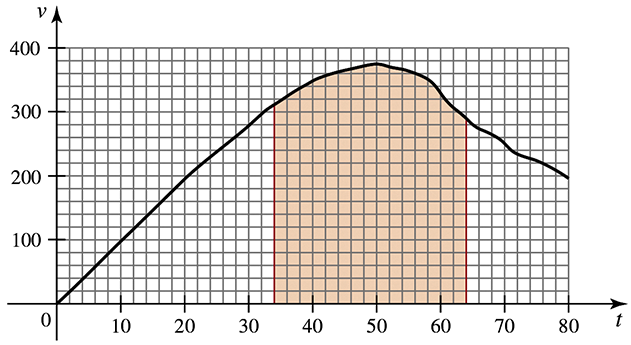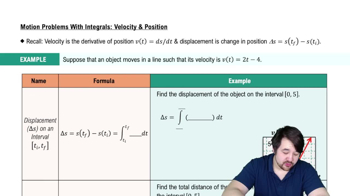Left and right Riemann sums Complete the following steps for the given function, interval, and value of n.
{Use of Tech} ƒ(𝓍) = cos 𝓍 on [0. π/2]; n = 4
(d) Calculate the left and right Riemann sums.

 Verified step by step guidance
Verified step by step guidance Verified video answer for a similar problem:
Verified video answer for a similar problem:

